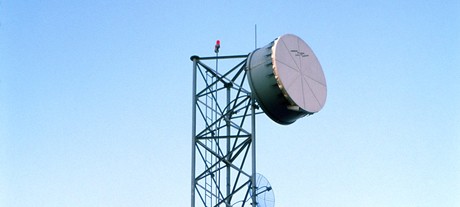NSW Telco Authority issues GRN RFI

The NSW Telco Authority has announced a call for information from key industry stakeholders to help determine the scope of work required to construct, operate and maintain the services of the NSW government radio network into the future.
“Through the Critical Communications Enhancement Program, the government radio network will grow from 180 to approximately 400 sites over the next few years increasing to 700 sites when fully built across metropolitan and regional NSW,” explained Managing Director of the Authority, Kate Foy.
“This significant expansion will be a major piece of infrastructure and will almost double the size of the current government radio network.
“The program aims to deliver world-class critical communications services to our public safety and law enforcement agencies well into the future.”
The government radio network currently services the operational communications needs of 44 government agencies and essential services, including emergency services and law enforcement, utilities and power providers, local councils and state and federal government agencies.
As part of the NSW Government’s 2018/19 Budget, the Telco Authority was allocated $320 million over four years to enhance the government radio network.
“With an expansion of this size, we need to scale up how we operate, maintain and deliver network services to address the increased scope of the operating environment,” said Foy.
“We’re seeking feedback from industry to inform our Request for Tender on potential improvements and cost-effective solutions.”
The Request for Information (RFI) appeals to industry for innovative ideas and models for the construction, operation and maintenance of the expanded network ahead of a formal tender process.
The government radio network is managed by the NSW Telco Authority on behalf of the NSW Government.
The RFI opened on 15 August 2018 and closes on 12 September 2018. More information is available on the Authority’s site at telco.nsw.gov.au/content/operate-and-maintain-transformation.
Please follow us and share on Twitter and Facebook. You can also subscribe for FREE to our weekly newsletter and bimonthly magazine.
Originally published here.
Why P25 technology remains a good fit for public safety communications
Digital LMR technology ensures police officers, firefighters and emergency management teams can...
From past to present: leveraging satellite data for better disaster resilience
Whether monitoring flood-prone regions or assessing wildfire-prone landscapes, historical...
Lancashire Police adds in-car video to full vehicle fleet
Motorola Solutions' M500 in-car video solution observes a vehicle's environment from...





